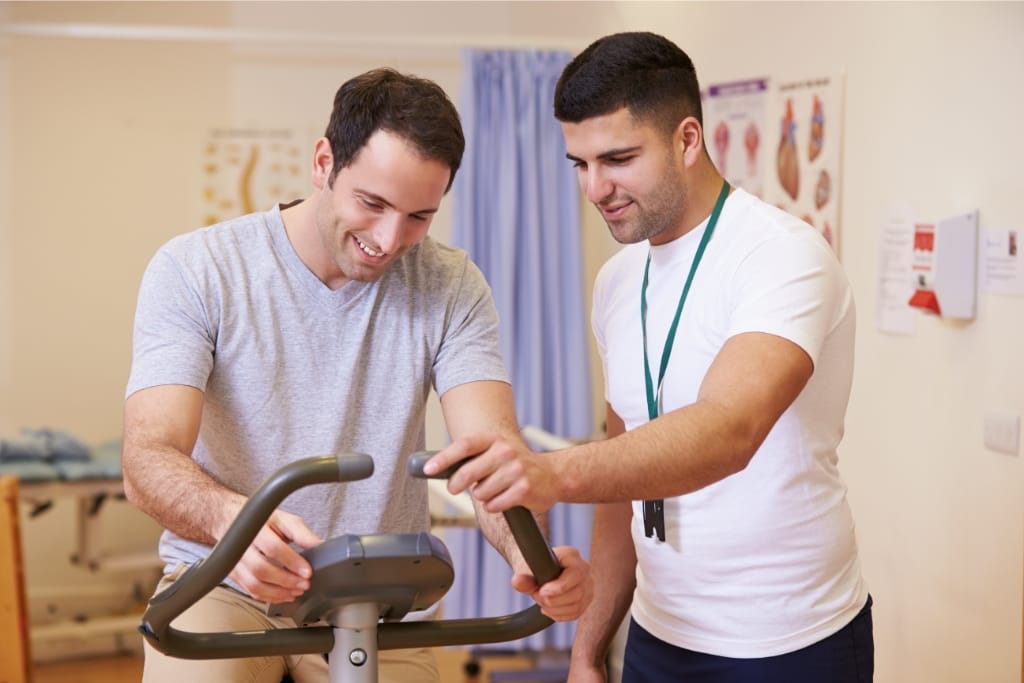Physical therapy is a medical specialty that aims to help people who are experiencing pain, discomfort, or lack of mobility due to an injury or a medical condition.
With the use of various techniques and exercises, physical therapists can help their patients manage their conditions and improve their overall quality of life.
Today, we will discuss eight conditions that physical therapy can help manage.
1)) Low Back Pain
Low back pain is a common condition that affects millions of people worldwide.
Physical therapy can help manage this condition by using techniques such as soft tissue manipulation, stretching, and strengthening exercises.
2)) Arthritis
Arthritis is a chronic condition that affects the joints, causing pain and stiffness.
Physical therapy can help manage this condition by using techniques such as range of motion exercises, strengthening exercises, and joint mobilization.
3)) Sports Injuries
Whether you are a professional athlete or a weekend warrior, sports injuries can be debilitating.
Physical therapy can help manage sports injuries by using techniques such as ice therapy, laser therapy, and customized exercise programs.
Pro-Tip: Using a massage gun in conjunction with physical therapy can offer a range of benefits.
The massage gun is designed to target deep muscle tissue, gently and quickly releasing knots and trigger points while creating an overall feeling of relaxation.
The use of precise vibrations helps promote circulation and increase mobility, relieving pain and improving posture.
This can help reduce muscle soreness, tension, and fatigue while also helping to minimize recovery time between physical therapy sessions.
Incorporating a massage gun into your routine can help maximize the effectiveness of your physical therapy treatments.
Give one a try to help boost recovery time.
4)) Post-Surgical Rehabilitation
After surgery, it is important to regain mobility and strength as soon as possible.
Physical therapy can help manage post-surgical rehabilitation by using techniques such as cold compression therapy, electrotherapy, and customized exercise programs.
5)) Stroke
Stroke can cause physical and cognitive impairments.
Physical therapy can help manage these impairments by using techniques such as gait training, balance training, and muscle re-education.
6)) Neurological Conditions
Neurological conditions such as multiple sclerosis and Parkinson's disease can affect a person's mobility and balance.
Physical therapy can help manage neurological conditions by using techniques such as proprioceptive neuromuscular facilitation, task-specific training, and balance training.
7)) Pelvic Floor Dysfunction
Pelvic floor dysfunction can cause issues such as urinary incontinence, pain during sex, and constipation.
Physical therapy can help manage this condition by using techniques such as pelvic floor muscle strengthening and relaxation exercises.
8)) Temporomandibular Joint Dysfunction (TMJ)
TMJ dysfunction can cause pain, stiffness, and clicking sounds in the jaw.
Physical therapy can help manage this condition by using techniques such as manual therapy, stretching, and jaw exercises.
Conclusion
Physical therapy can be an effective treatment option for a wide range of conditions.
Whether you are experiencing low back pain or pelvic floor dysfunction, a physical therapist can help you manage your condition and improve your quality of life.
If you are experiencing any of these conditions, consider seeking the advice of a physical therapist to see if physical therapy can help you manage your symptoms.
Download Our Free E-book!








